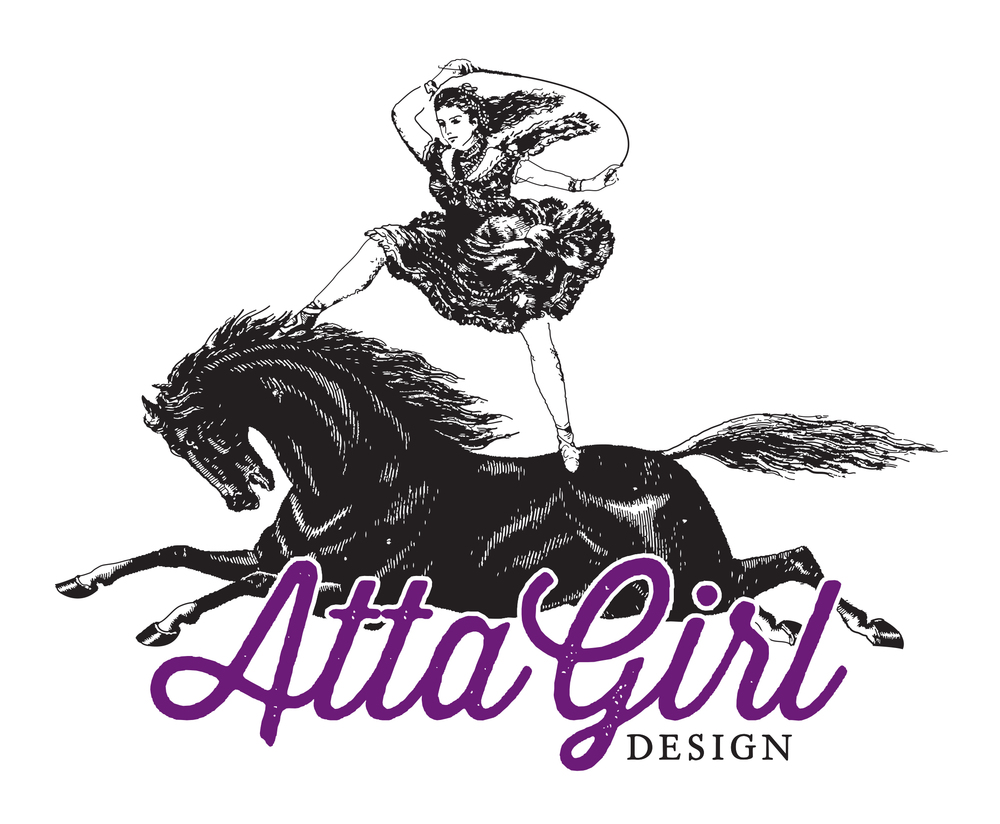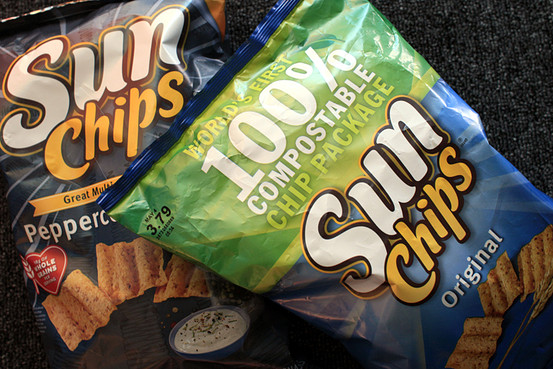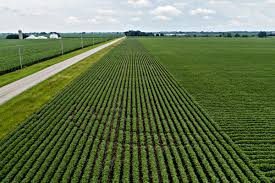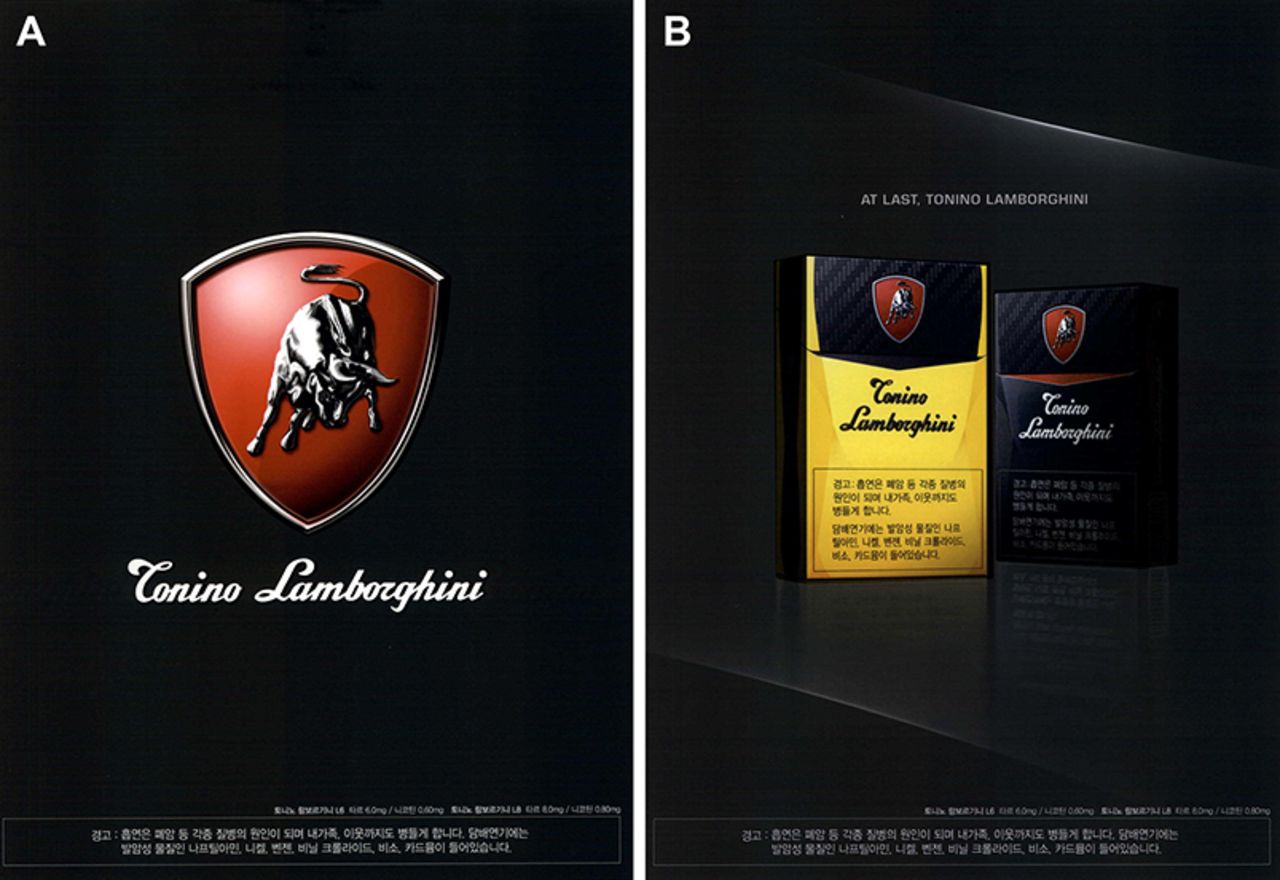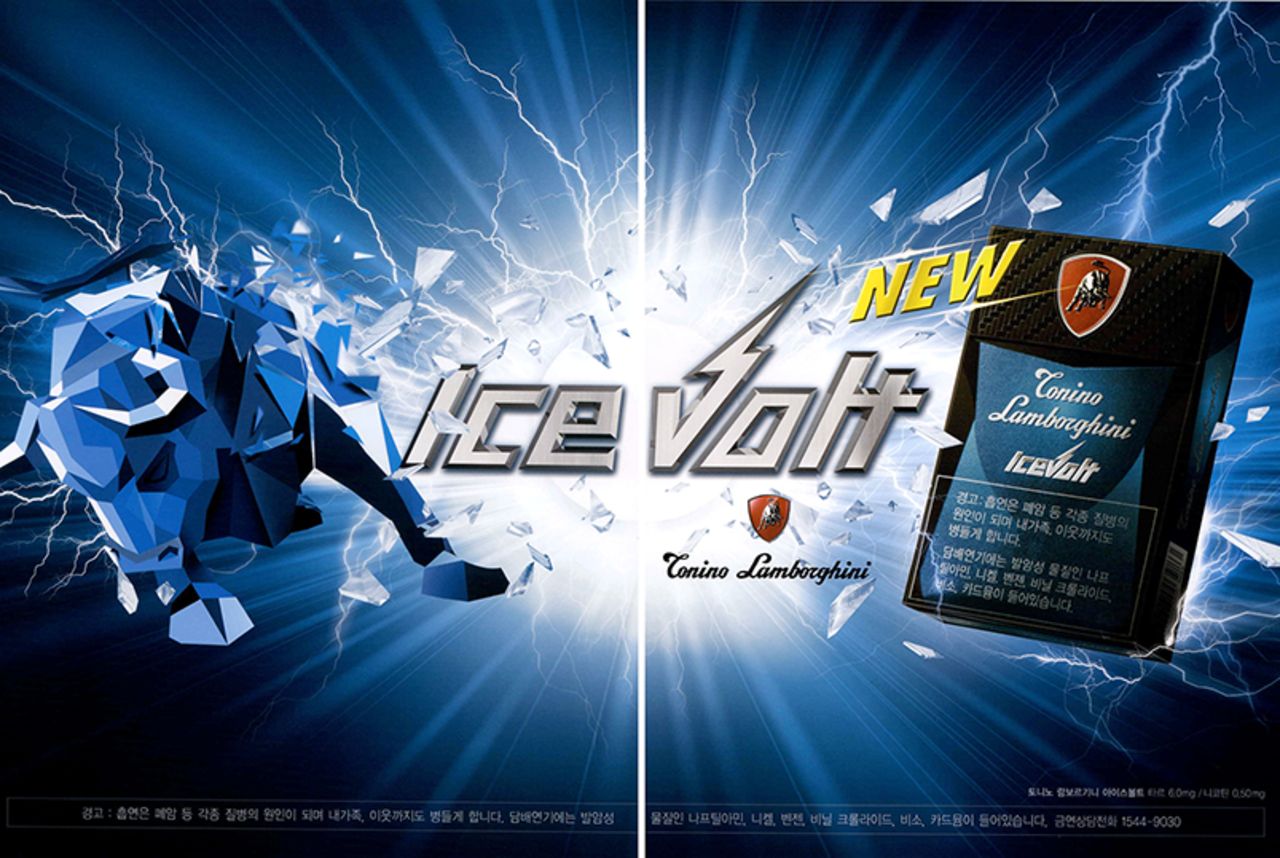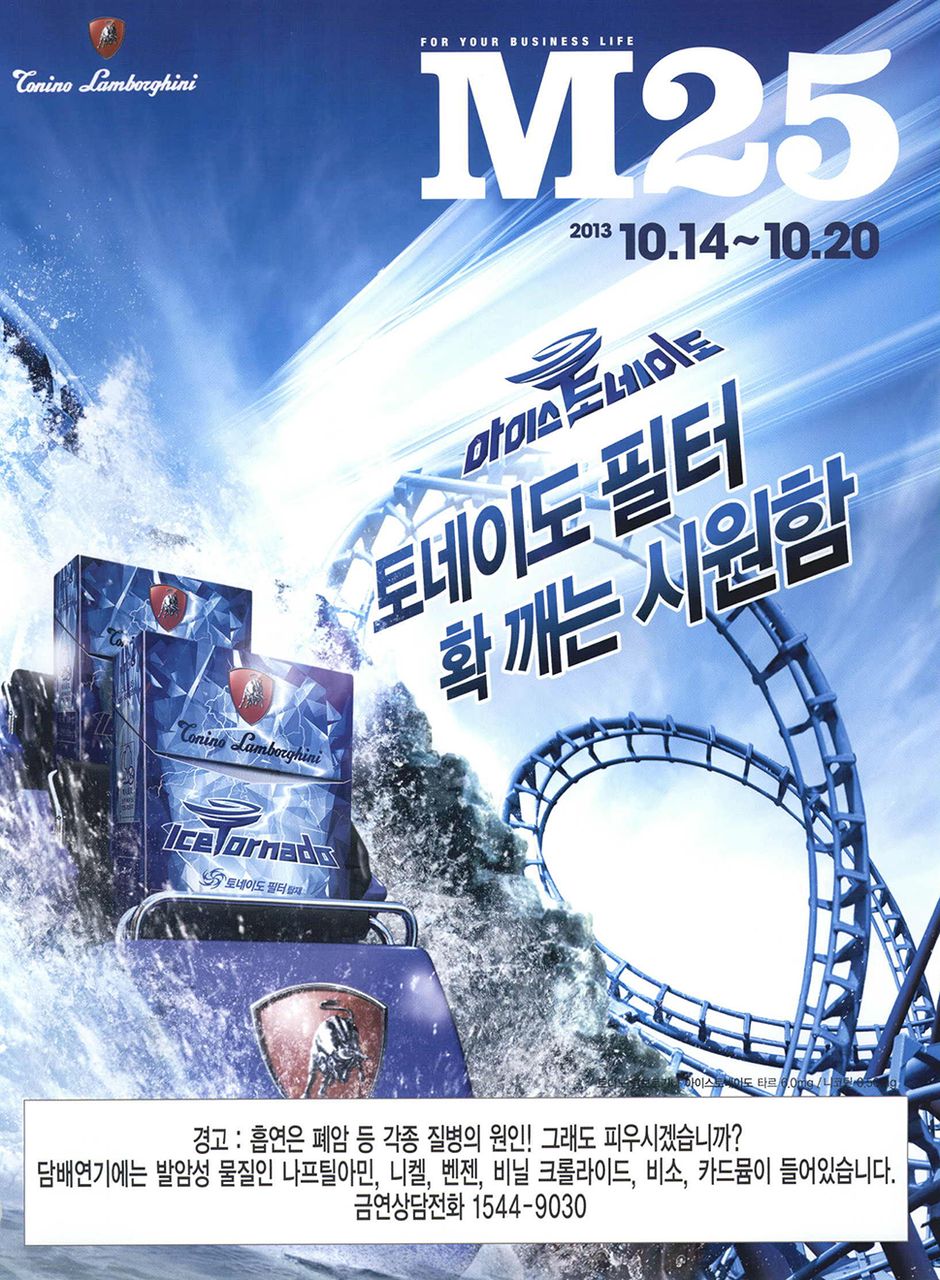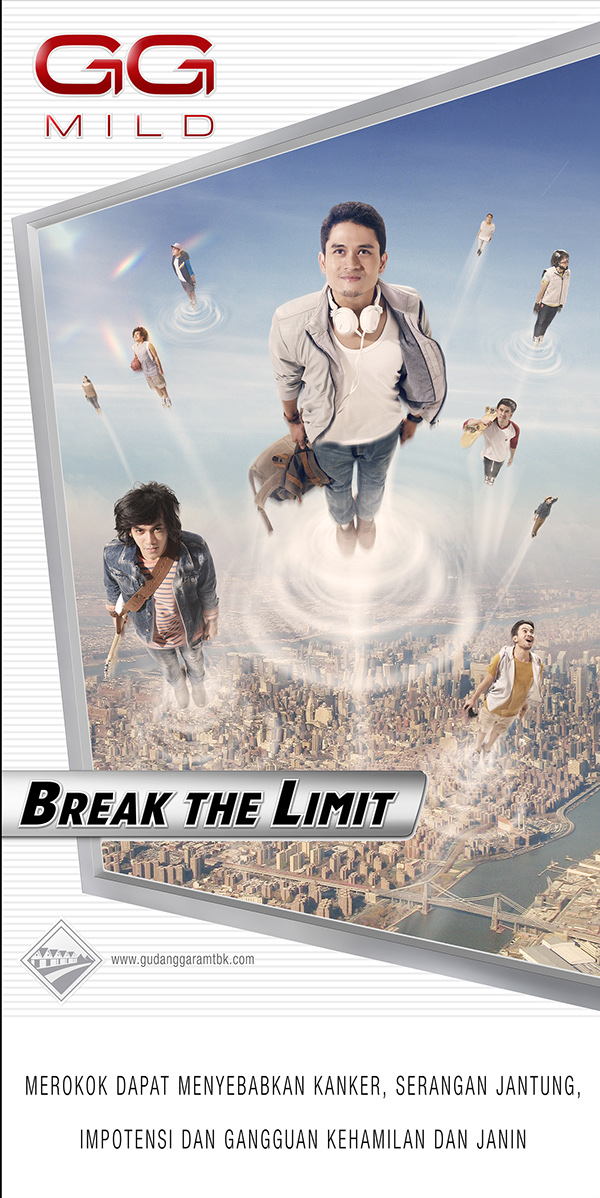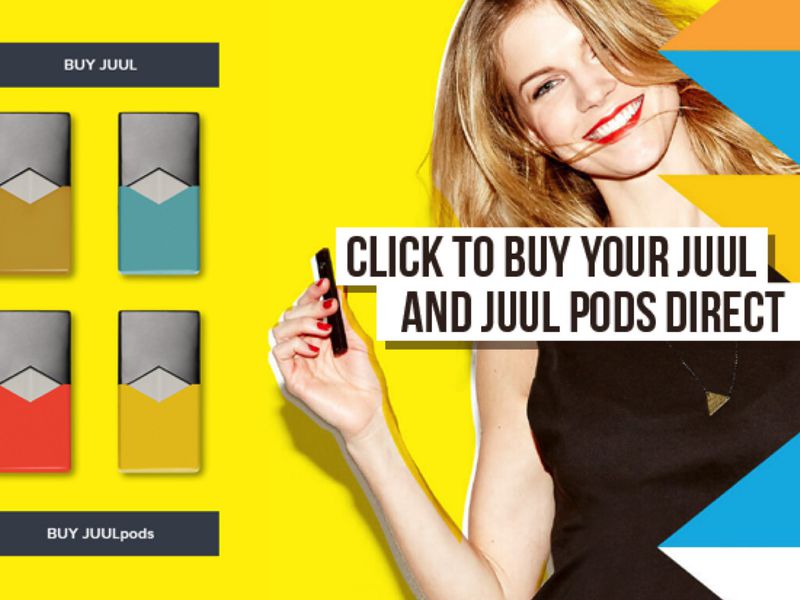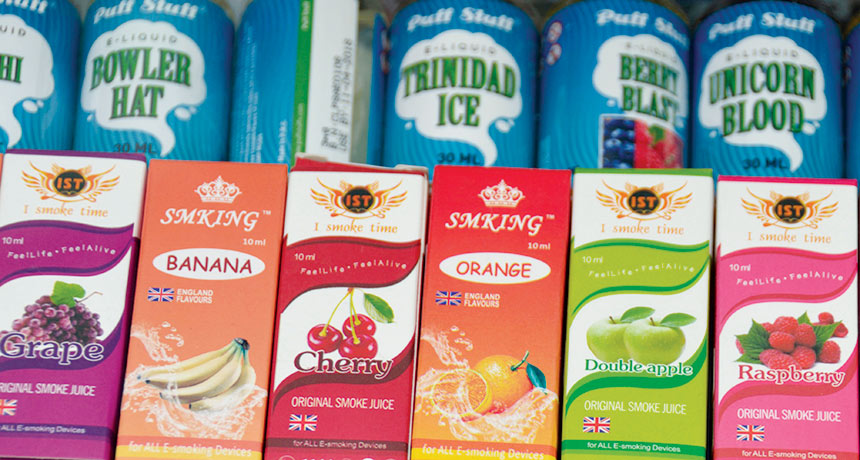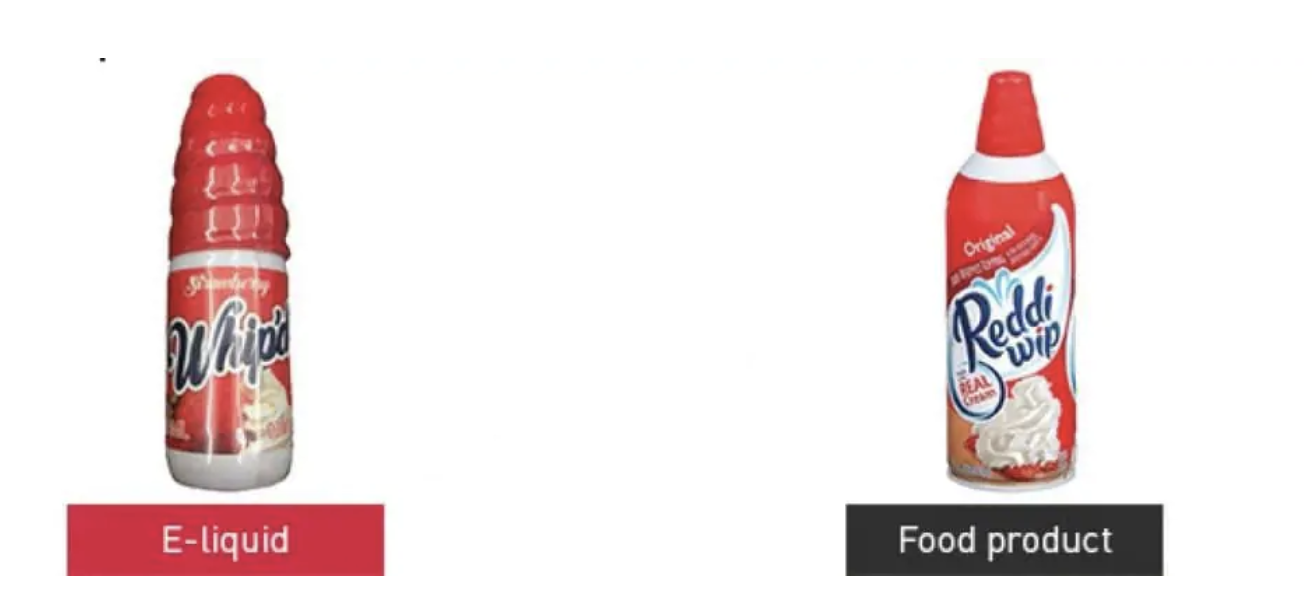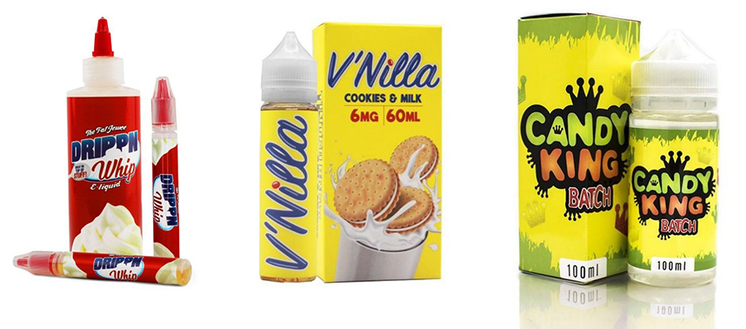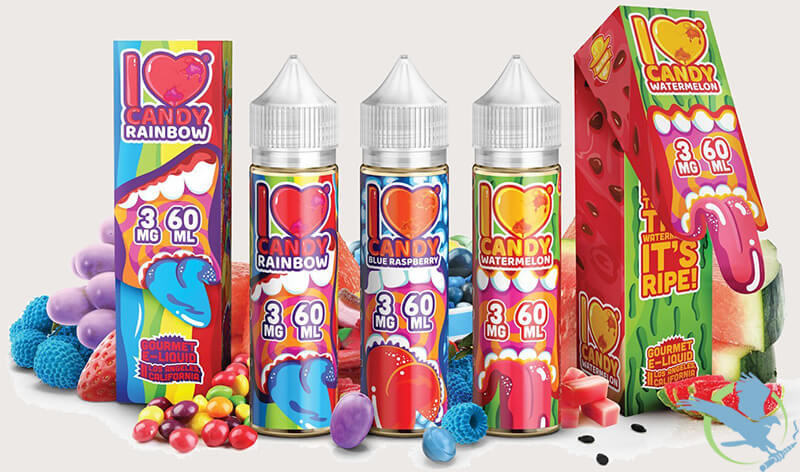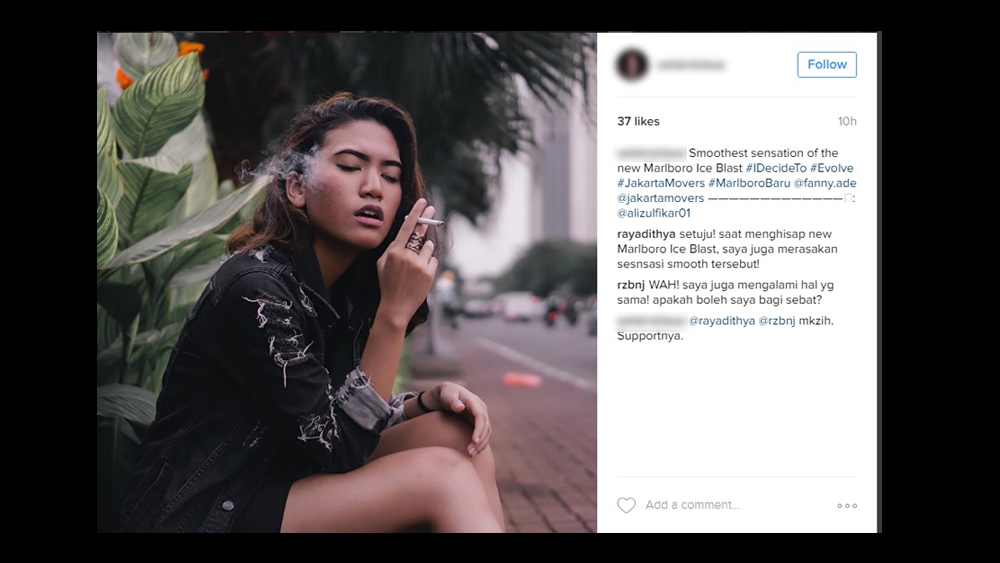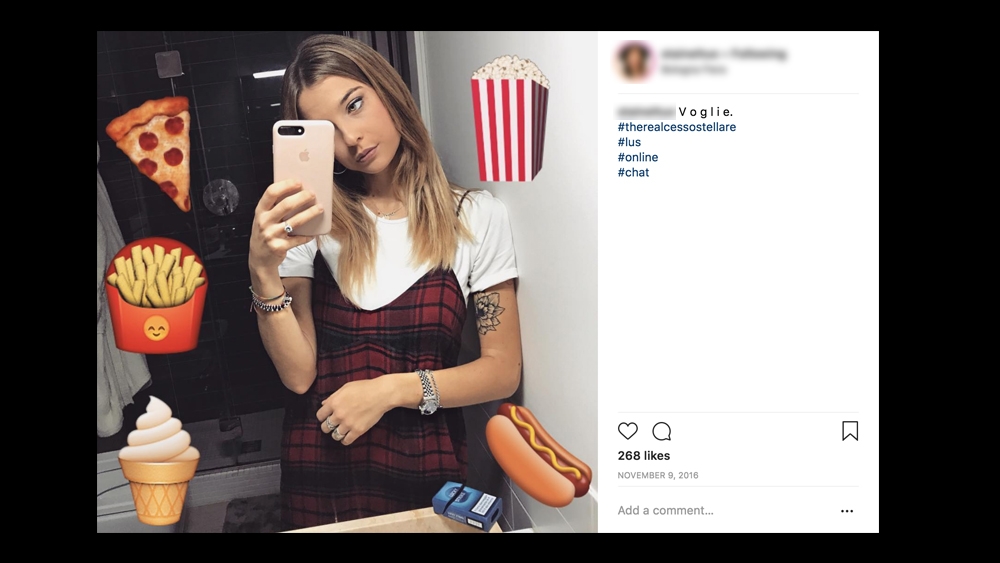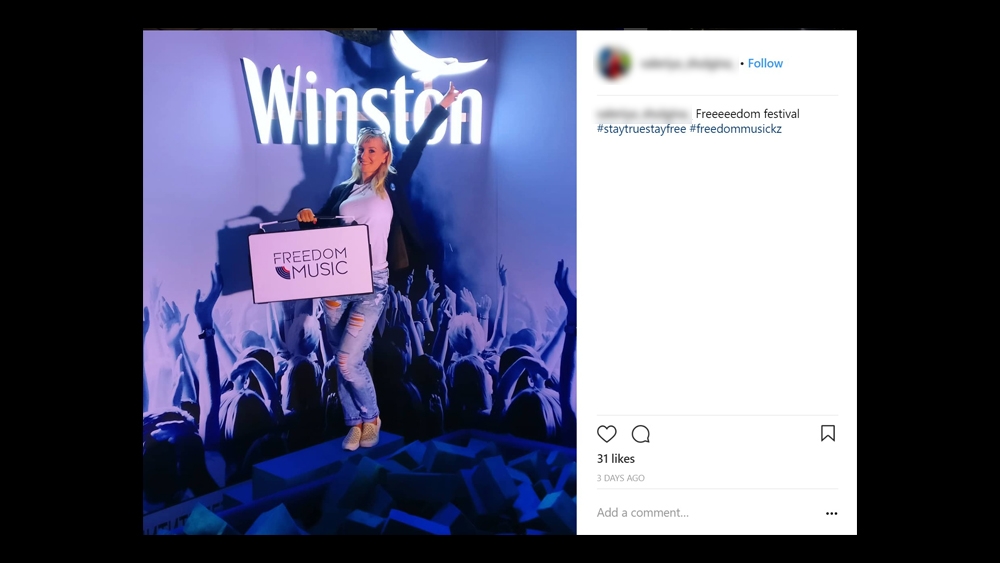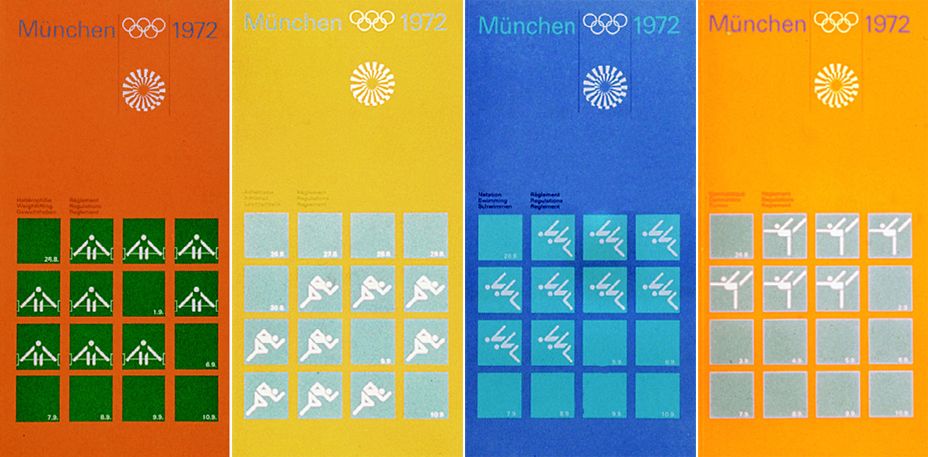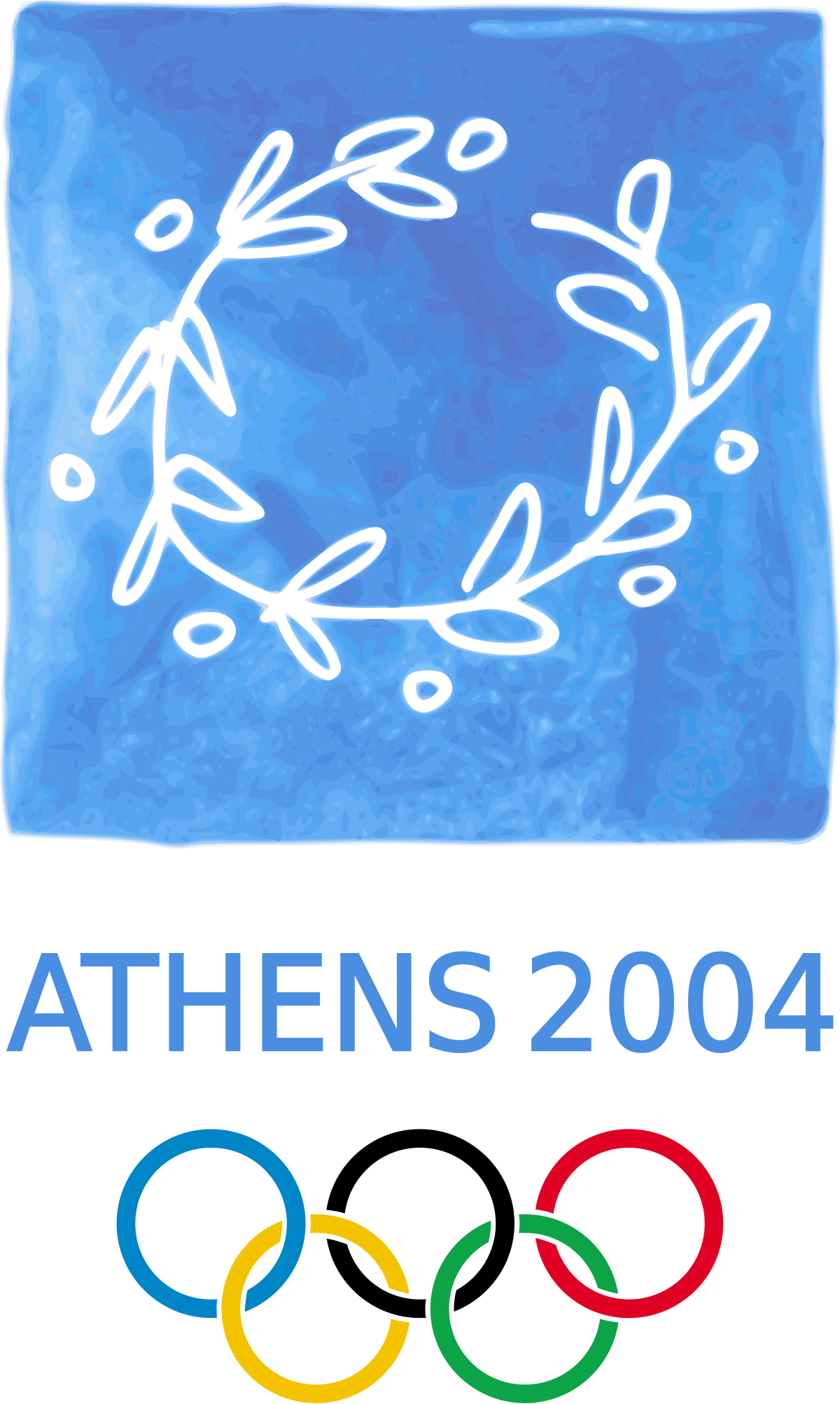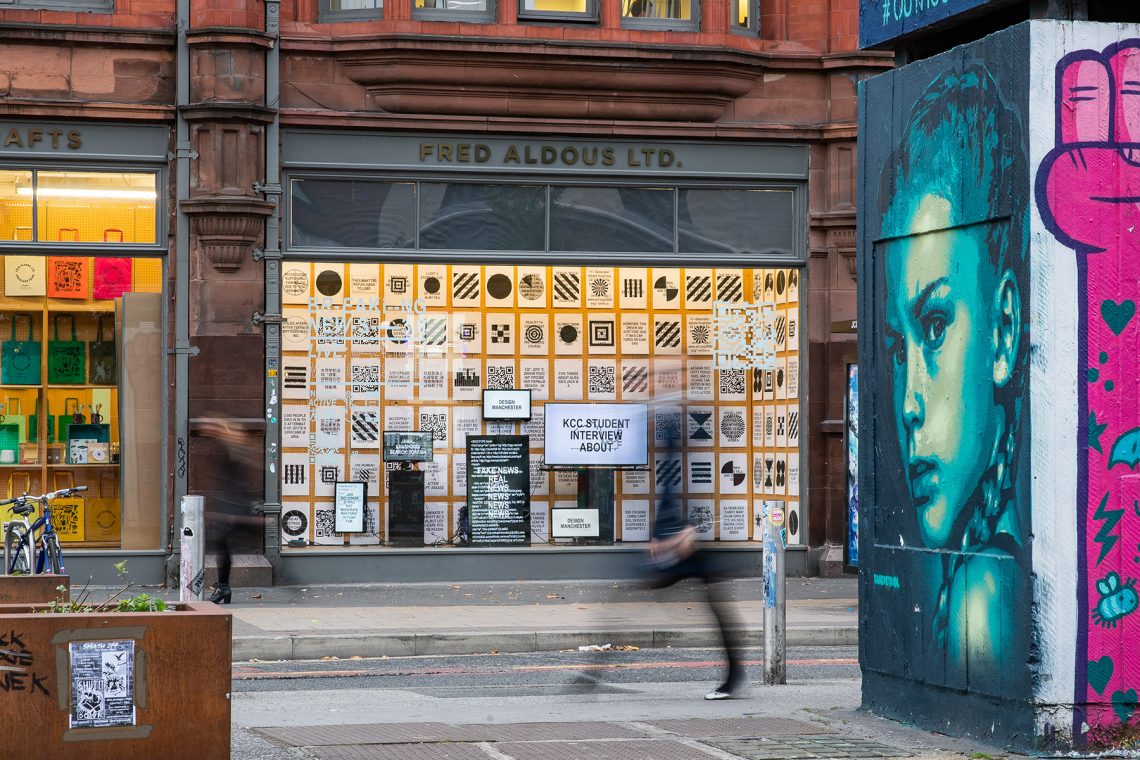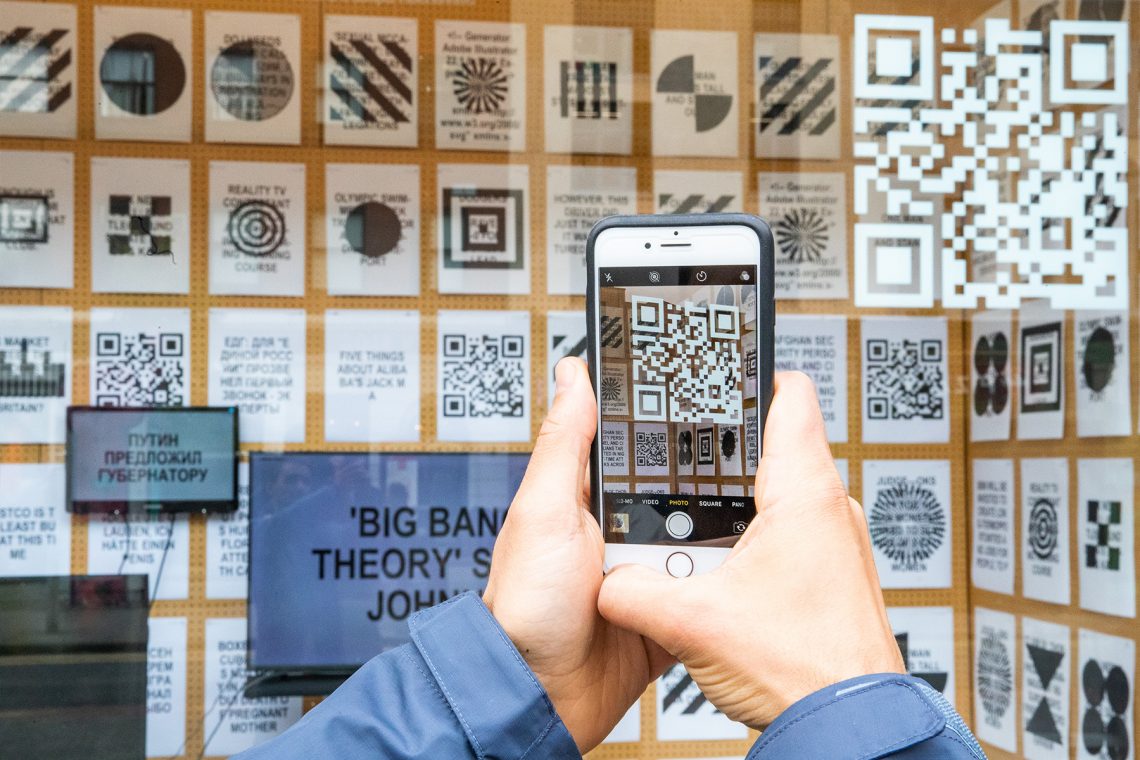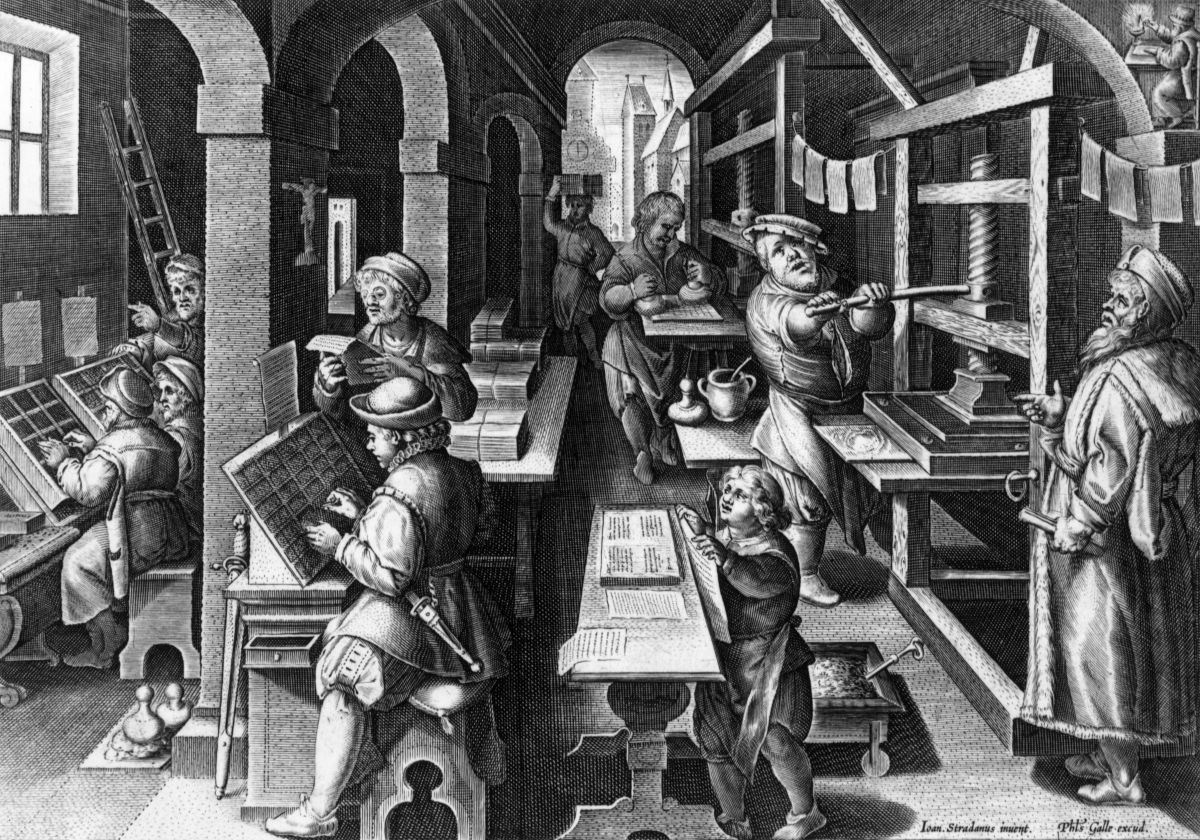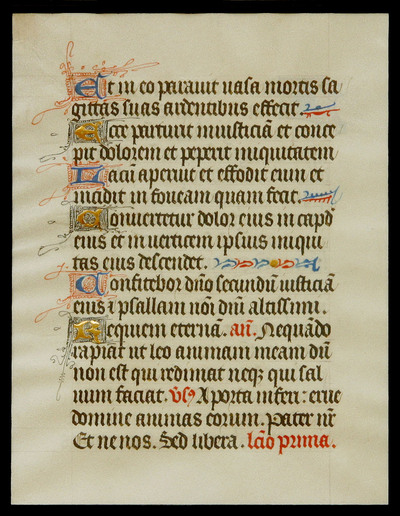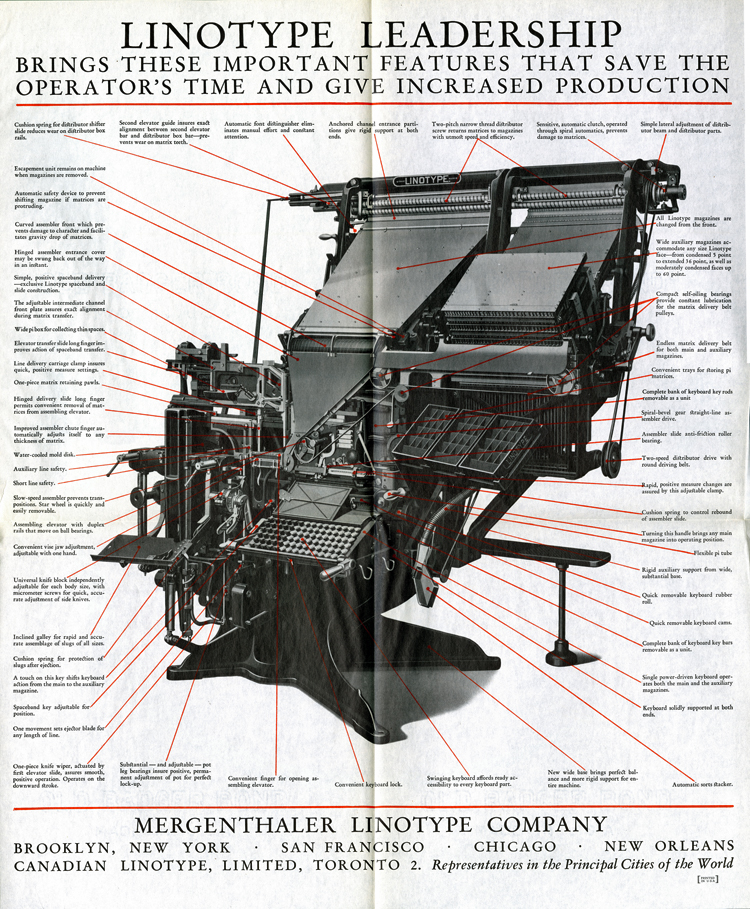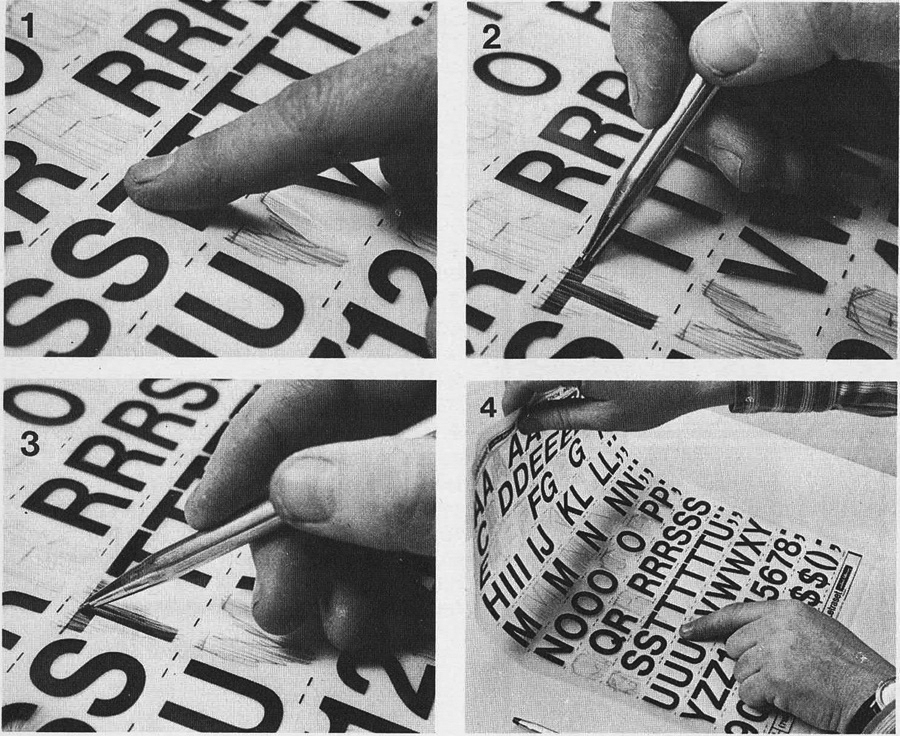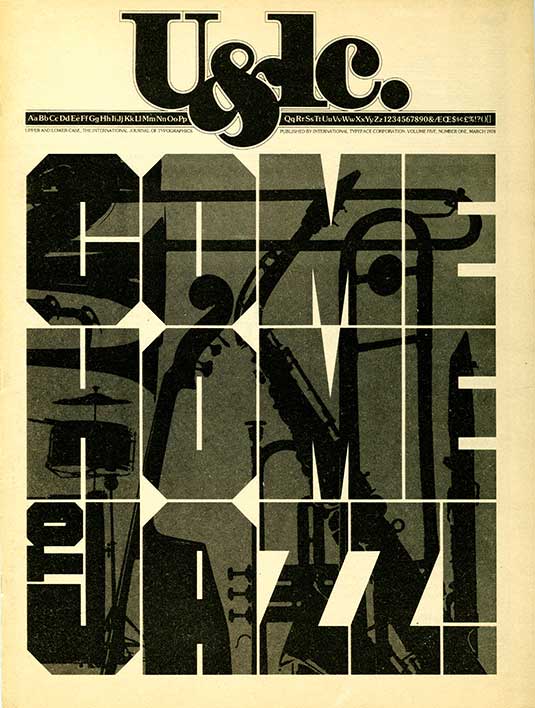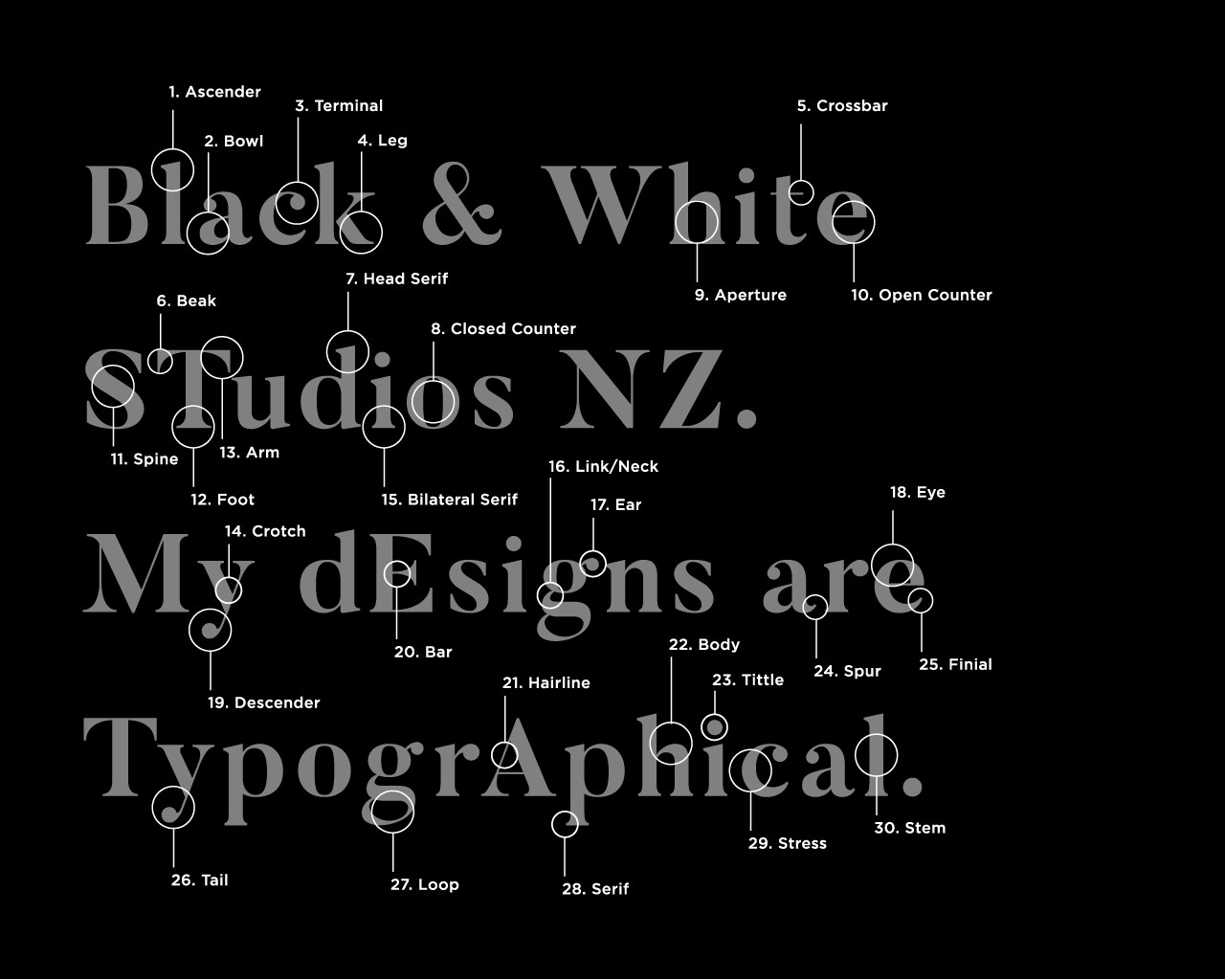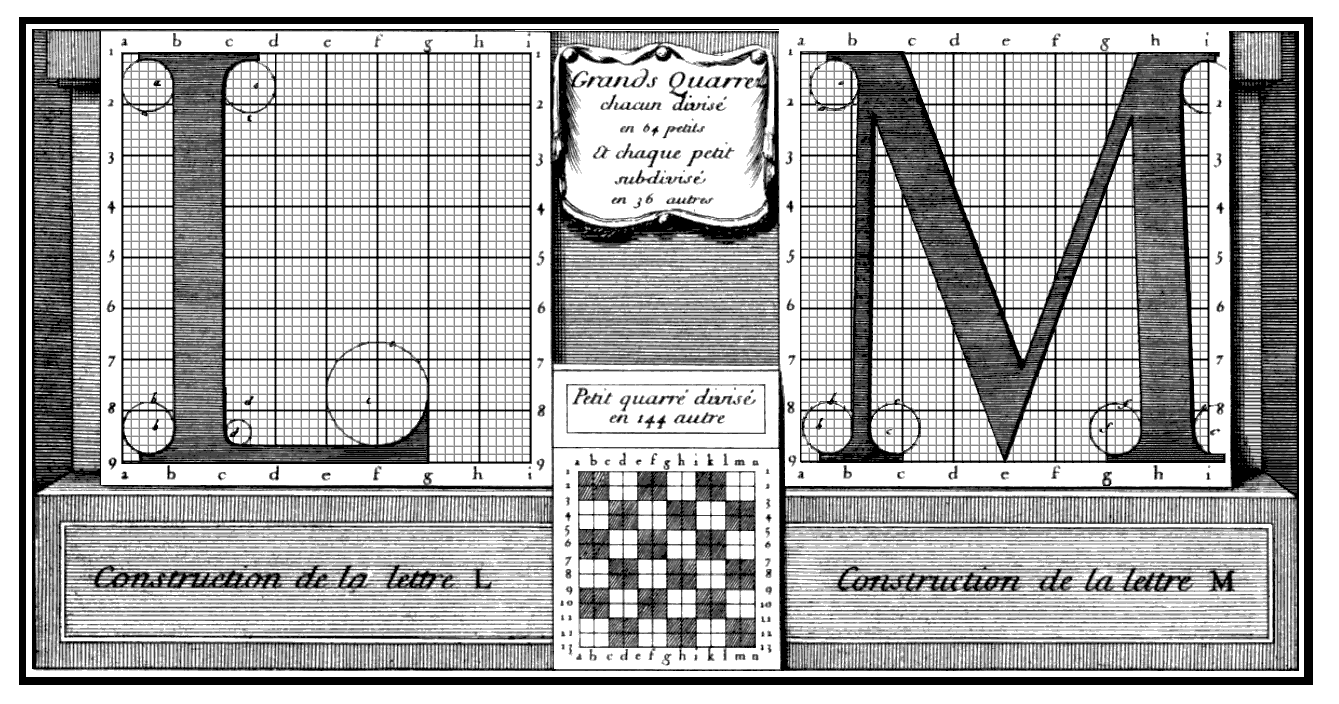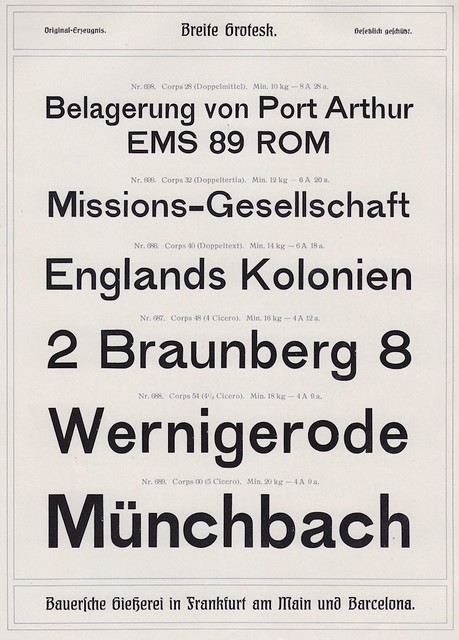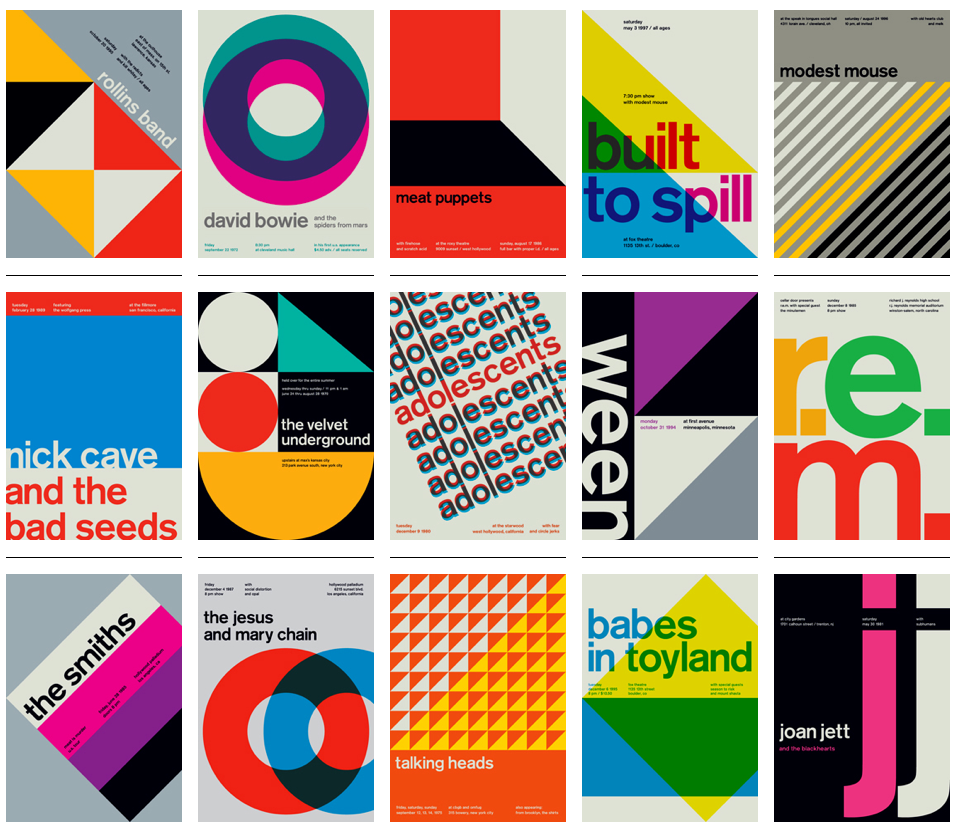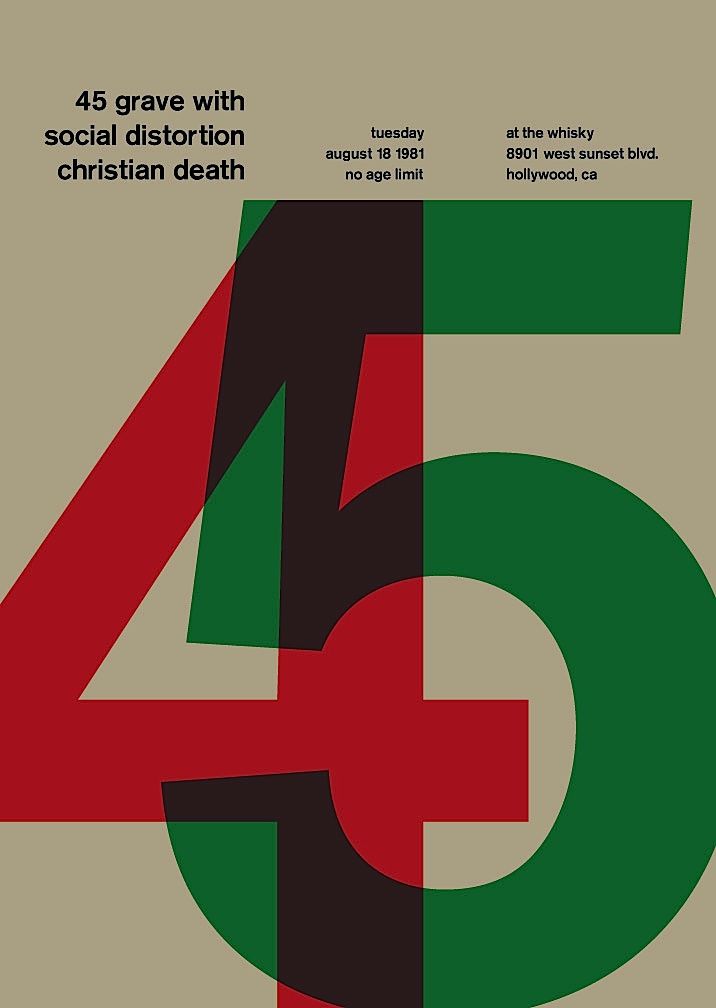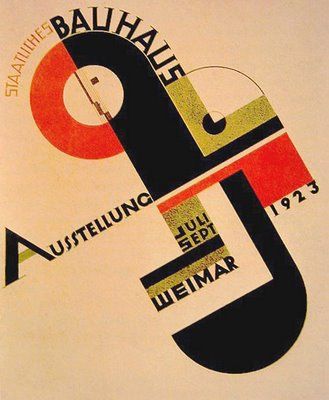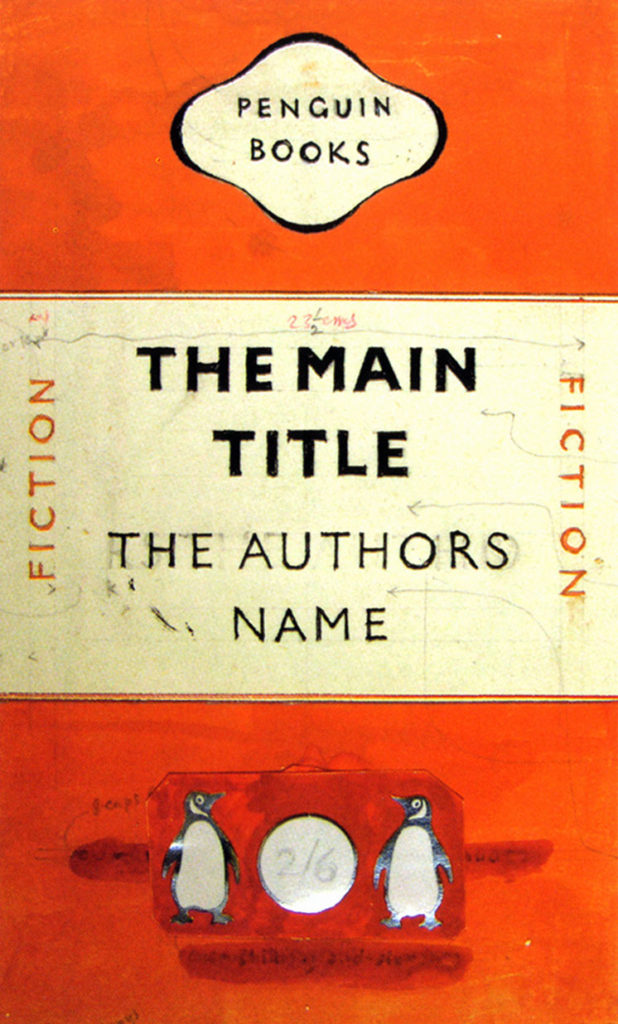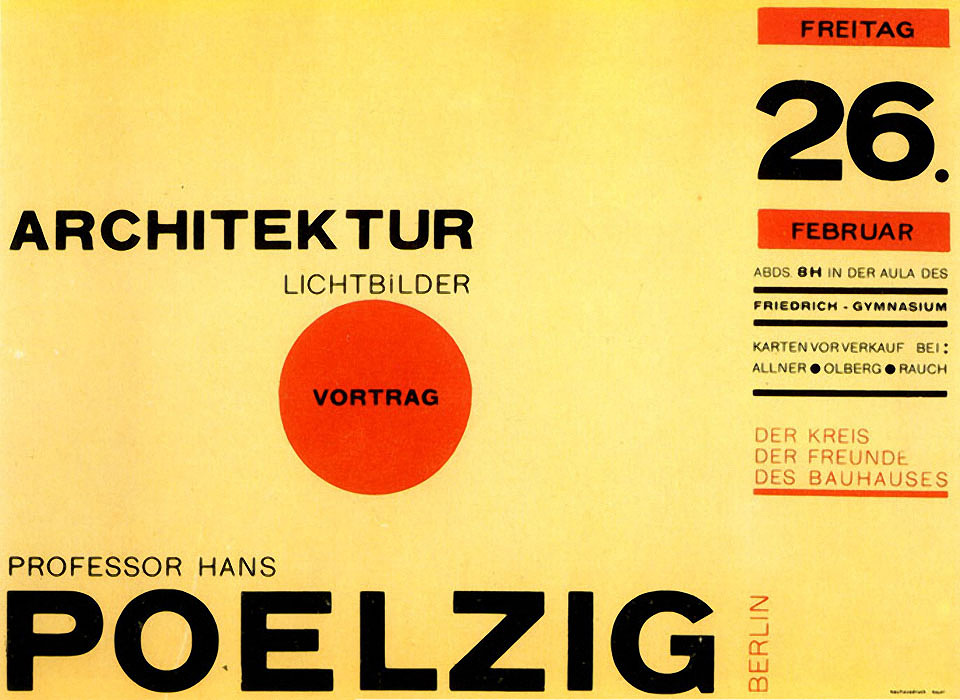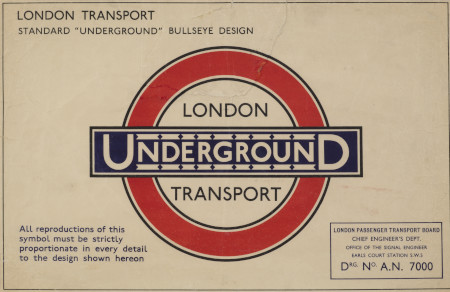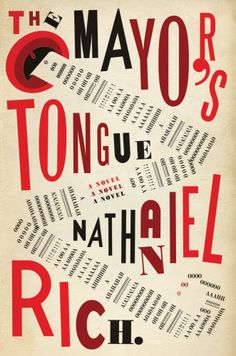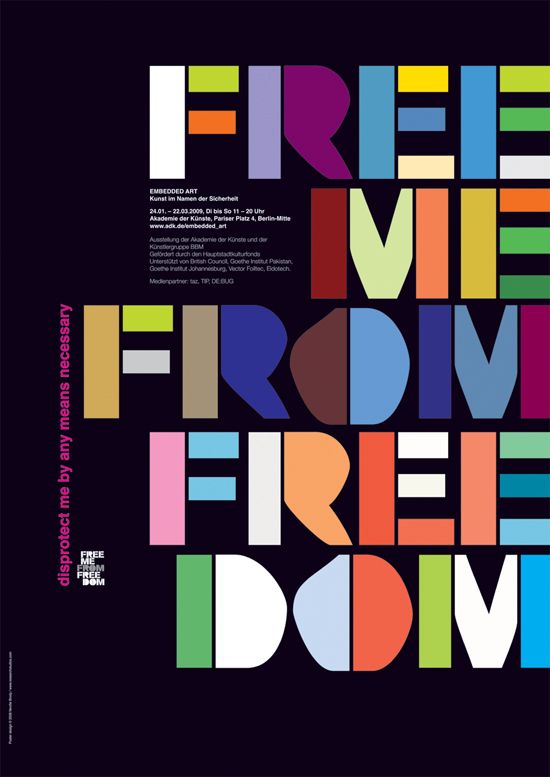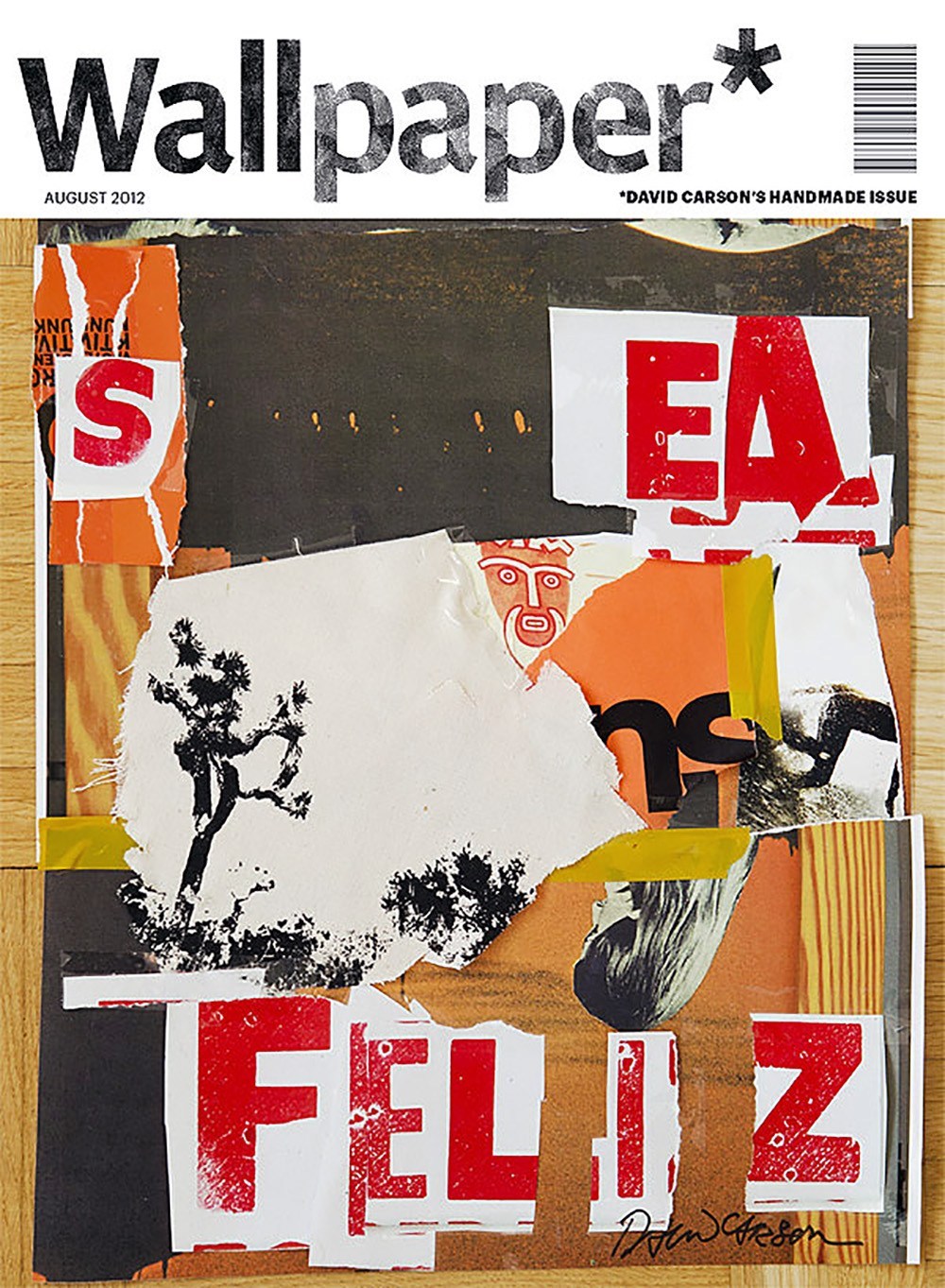THE FUTURE IS PLANTS
Can design help change the face of snack packaging and save farming?
Walk down the snack aisle of any supermarket, convenient store, or worse, a mega store like Costco and what you will see is packaging that will end up in a landfill, polluting the earth.
This week’s assignment called on design to rethink old into new ways and the first thing I thought of was waste. How can we continue to load our garbage bins full of waste that is killing our planet?
What if we could create snack packaging that not only biodegrades, but to also sustain another American industry on the brink given present political trade crises: farming?
One word: PLANTS.
Technology in product packaging design is moving forward. I propose that we could move it along a lot faster and further if we got American farmers involved.
While exports of corn and soybeans are in jeopardy, we could be growing sustainable packaging that is compostable thus creating a cycle of sustainability that is not only green but would help put farmers in the black. In 2010, Frito-Lay won a packaging design award for creating a compostable bag of Sun Chips. That was nearly a decade ago. Why hasn’t this gone mainstream? I would put all of my chips on government lobbyists and big agriculture that is not interested in changing the way their bottom line is met.
This technology exists. We have seen new waves of product design that are far more sustainable than they’ve ever been, but there just doesn’t seem to be a big enough incentive to expedite old ways of design, production, and distribution.
Queue a global financial trade war with America’s largest importer of corn and soy, and perhaps push may actually come to shove.
Companies like ReGrained sustainable packaging manufacturer aims to be in a fully certified compostable structure within one year. And once they achieve that milestone they intend to open-source their technology so it can be available to and widely adopted by the industry.
Designers can do their part. Specifying sustainable materials as a part of their projects, working with FSC-certified vendors, designing packaging with smaller carbon footprints (lighter, smaller, etc.).
But we can do so much more. We can be included in the conversation when a company like Frito-Lay wants to go beyond winning awards for show and tell and wants to make a real impact on sustainability and saving the planet. It’s no longer a matter of convenience, it’s a matter of conscious.
REFERENCES
Blue, M. (2019, March 02). Biodegradable Plastics Made From Soybean Products. Retrieved from https://sciencing.com/biodegradable-plastics-made-soybean-products-22587.html
Designers, stop designing for yesterday's planet. (2018, September 13). Retrieved from https://www.itsnicethat.com/news/futurice-design-sustainability-graphic-design-130918
Elmansy, R. (2015, June 09). Achieving a Sustainable Graphic Design Process. Retrieved from https://www.designorate.com/sustainable-graphic-design/
ReGrained. (n.d.). Sustainable Packaging. Retrieved from https://www.regrained.com/pages/sustainable-packaging
Staff, G. (2010, March 10). SunChips Stacks First Compostable Bags on Canadian Shelves. Retrieved from https://www.greenbiz.com/news/2010/03/10/sunchips-stacks-first-compostable-bags-canadian-shelves
Staff, S. X. (2015, July 06). Producing biodegradable plastic just got cheaper and greener. Retrieved from https://phys.org/news/2015-07-biodegradable-plastic-cheaper-greener.html
